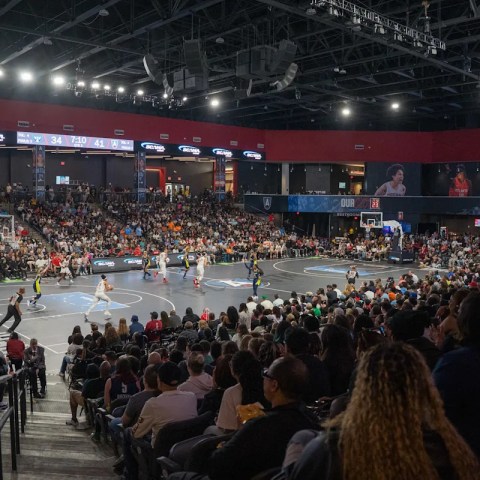Unionized hospital workers are set to end their five-day strike at Kaiser Permanente facilities in Hawaii at 7 a.m. today. Over 2,000 healthcare workers, represented by UNITE HERE Local 5 and the Hawaii Nurses and Healthcare Professionals, joined thousands of Kaiser employees in California, Oregon, and Washington in this walkout.
Kaiser, along with the Alliance of Health Care Unions—which includes 23 local unions—plans to restart negotiations on October 22-23. In a Friday statement, Kaiser emphasized its commitment to reaching an agreement that offers better wages and strengthens healthcare benefits, all while maintaining affordable care.
However, the strike continues for the Teamsters & Allied Workers, Local 996, which represents about 300 staff at Kapi‘olani Medical Center. This includes nurse aides, surgical technicians, dietary workers, and housekeepers. Their strike is ongoing, with shifts running around the clock.
The Teamsters have raised concerns about Kapi‘olani’s bargaining practices, blaming management for bad-faith negotiations. They allege that the hospital has made unacceptable proposals to delay progress and has halted automatic union dues deductions from paychecks.
Management at Kapi‘olani claims to be open to discussions and states it has included some union proposals in its recent offers. They have also filed their own complaints about the negotiations.
Looking back, the Hawaii Nurses’ Association had a weeklong strike at Kapi‘olani in January 2024, followed by another one in September. After intense negotiations, they reached a settlement mediated by federal officials, resulting in a three-year contract ratified in October 2024.
Interestingly, contract talks aren’t just limited to healthcare workers. The Teamsters are also involved in discussions for drivers of TheBus and TheHandi-Van, highlighting a broader trend of labor negotiations in Hawaii’s service sectors.
This striking wave reflects a growing concern among workers nationwide. Recent surveys show that about 60% of Americans support labor unions, pointing towards a shift in public sentiment around workers’ rights. As negotiations unfold, both sides will need to find common ground to ensure quality care for patients while addressing worker demands for fair wages and benefits.
Source link
Health




















